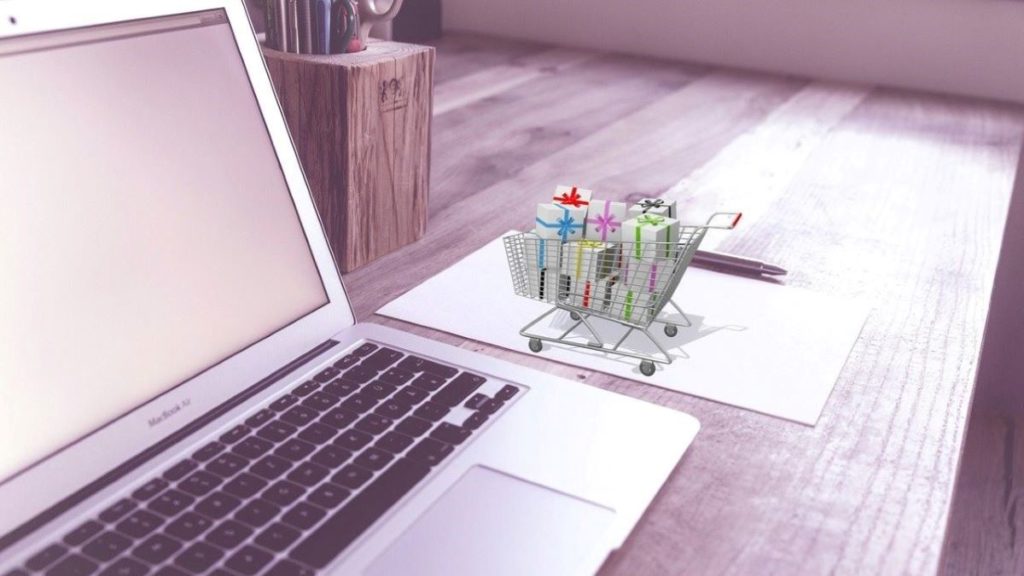Featured image by mohamed Hassan from Pixabay
See big results by making only a few small changes to your eCommerce product and collection pages. Read on to find out more.
How Can I Get Better Results from My eCommerce Product and Collection Pages?
So you want to improve your online store’s search engine ranking, but you don’t know where to start?
Learning search engine optimization (SEO) takes work and patience. However, you don’t have to learn all the complex mechanisms of SEO to achieve great results.
For example, you can easily create high-converting product and collection pages for your eCommerce store. In fact, this is one of the easiest and most effective methods of getting the job done. Making a few small changes on your product and collection pages will make a big difference with where your store ends up in the search results. What’s more, these changes can also help customers decide to make a purchase once they’re on your website.
RELATED ARTICLE: HOW TO WRITE PRODUCT CONTENT THAT RANKS WELL ON GOOGLE
Here are a few tips from eCommerce strategists on how to properly optimize your eCommerce product and collection pages.
Include Appropriate Keywords
One of the easier eCommerce SEO tasks to undertake is adding appropriate keywords to the copy on your product and category pages. For example, if the item is a bright blue sneaker, make sure your wording actually describes it as a bright blue sneaker. Then add a few other words that someone might use to find a bright blue sneaker. The more descriptive you can get with your on-site SEO, the better off you’ll be.
Also, make sure to add schema markup for products on your website. This will help add them to the Google Shopping section of search, which in turn makes it easier for customers to find what they are looking for.
Add as Many Product Details as Possible
If you’re looking to improve your sales, most eCommerce designers will tell you that you also need to add as many product details as you possibly can. Product page user experience (UX) is important.
Therefore, having an area that describes elements like materials, dimensions, fabric types, or other pertinent details is a surefire way to help customers envision owning a particular item. After all, they aren’t getting the chance to touch, hold, and feel what you’re selling. By giving them tons of details, you’re making it possible for them to experience the item without being in its presence.
And it is also super important to add product reviews where you can. People trust other people, not companies. Give buyers incentives to add product reviews to your website after purchasing a product. Then utilize apps or plugins to allow those endorsements to automatically show up on your product pages.
RELATED ARTICLE: HOW SEARCH ENGINES CAN HELP YOU PROMOTE YOUR BUSINESS
Keep Shipping Information Easy to Understand
Most eCommerce business owners know that high shipping costs are the main reason why people abandon carts. However, if you keep your rates and costs right on your product page, shoppers can make a determination before they even hit that add-to-cart button.
This tip has more to do with the psychology of buying and not necessarily just optimization, but it works. If you’re offering free shipping, shout it from the rooftops on your product pages. If you have a flat rate, make sure you say something. Either way, transparency in shipping is an important product page element and can really boost your conversions.
RELATED ARTICLE: ECOMMERCE AND THE PSYCHOLOGY OF SHOPPING
Use White Backgrounds for Product Images
Another tip is to use white backgrounds for product images on your sales and category pages. This one isn’t really an eCommerce SEO strategy, but it is an ideal way to make sure your product pages are converting as often as possible. And it is just a good idea for overall product and category page UX.
Clear images are one of the top reasons why someone might purchase an item they need from your website. If you’re using photos that have different backgrounds each time, this can be confusing to the consumer and make your brand look less professional. Thus, it’s a good idea to just stick to that white background all the time.
(Pro Tip: If you’re planning on adding your product listings to Amazon as a side sales channel, you’ll have to have a white background anyway. This just ensures your images work for both your eCommerce store and the mega-giant.)
Optimize All Image Metadata
Finally, you want to make sure all of your images feature the right metadata. To be more specific, the three most important areas you want to pay attention to are:
- Alt tags that correctly describe the details of the photo
- Appropriate title tags with coordinating keywords
- Relevant image file names using hyphens instead of spaces.
Why does this matter? You have to think of Google as someone who is blind. The search engine giant can read text, but it can’t see or interpret images. The clearer you are with the metadata, the easier it is for your page to rank as appropriate for a specific keyword.
Wrapping Up: Optimizing Your eCommerce Product and Collection Pages
While most of these things might seem simple enough, the impact they have on your sales is a big deal. Taking action and implementing them is one of the easiest ways to scale your online brand, enjoy more sales, and take your eCommerce store to new heights.


